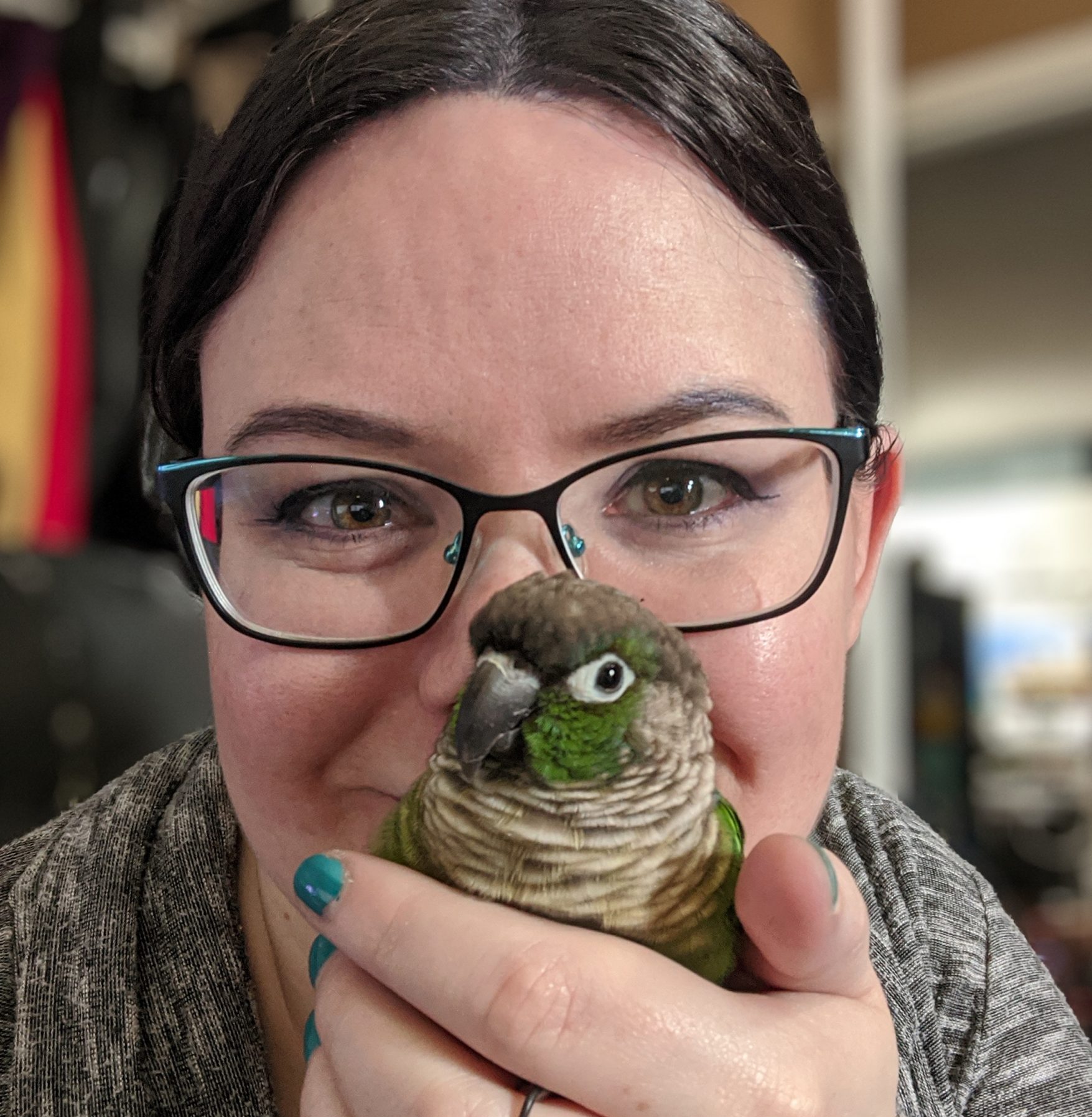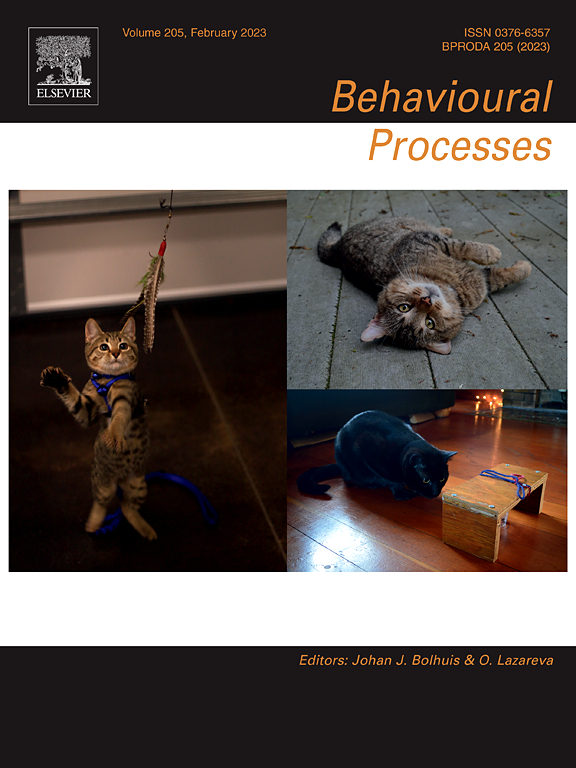Black-capped chickadees (Poecile atricapillus) discriminate between naturally-ordered and scramble-ordered chick-a-dee calls and individual preference is related to rate of learning
Abstract
Though many forms of animal communication are not reliant on the order in which components of signals are combined to be effective, there is evidence that order does matter for some communication systems. In the light of differential responding to calls of varying note-order observed in black-capped chickadees in the field, we set out to determine whether chickadees recognize syntactically-ordered and incorrectly-ordered chick-a-dee calls as separate and distinct conceptual categories using both an auditory preference task and go/no-go operant conditioning paradigm. Results show that chickadees spent more time on the perch that did not produce sound (i.e., silent perch) than on either of the acoustic perches (i.e., natural and scrambled order chick-a-dee call playback) and visited the perch associated with naturally-ordered calls more often than the perch associated with scrambled-order calls. Birds in both the True natural- and scrambled-order call groups continued to respond according to the contingencies that they learned in Discrimination training, indicating that black-capped chickadees are capable of perceiving and acting upon the categories of natural- versus scrambled-ordered calls.


Leave a Reply